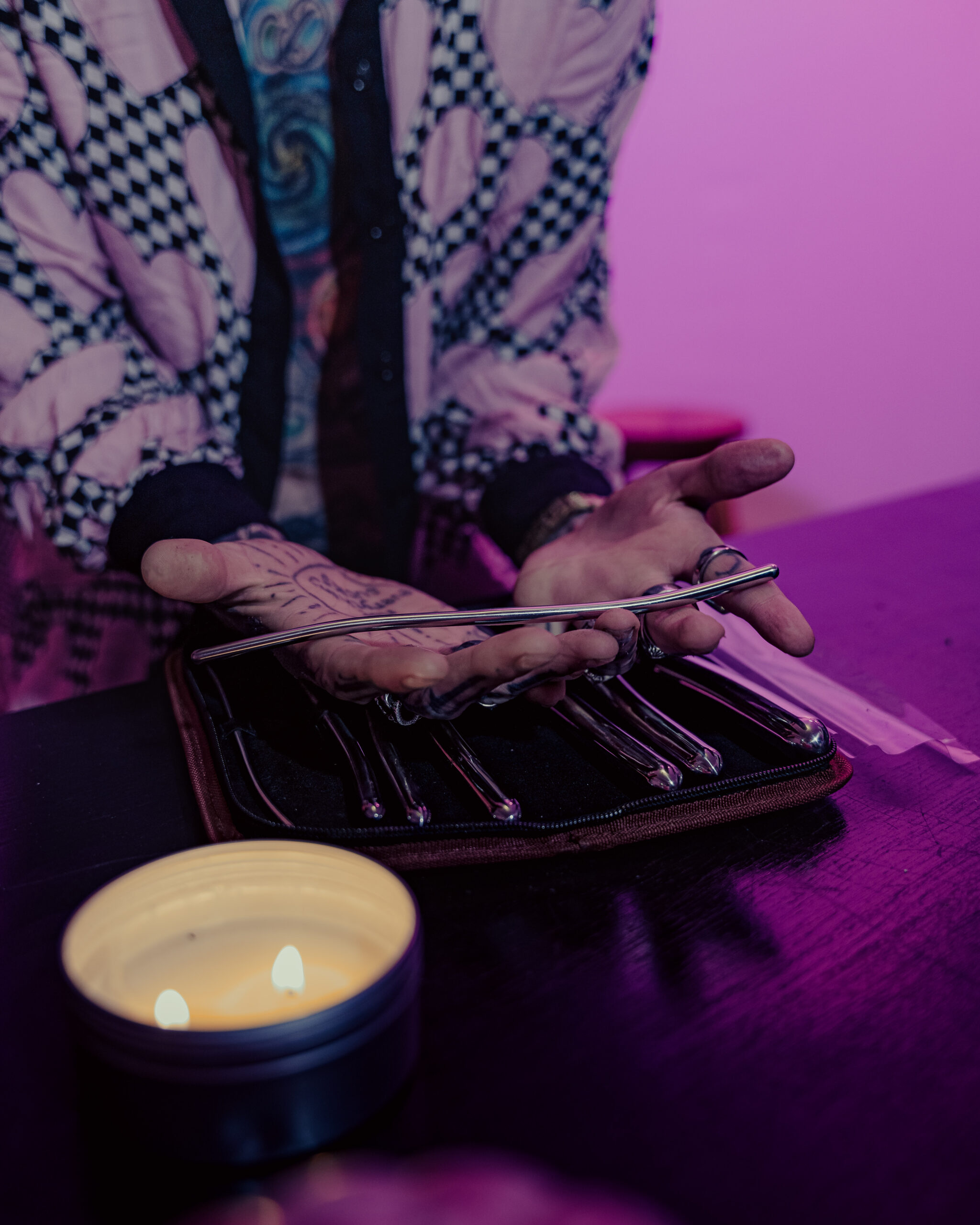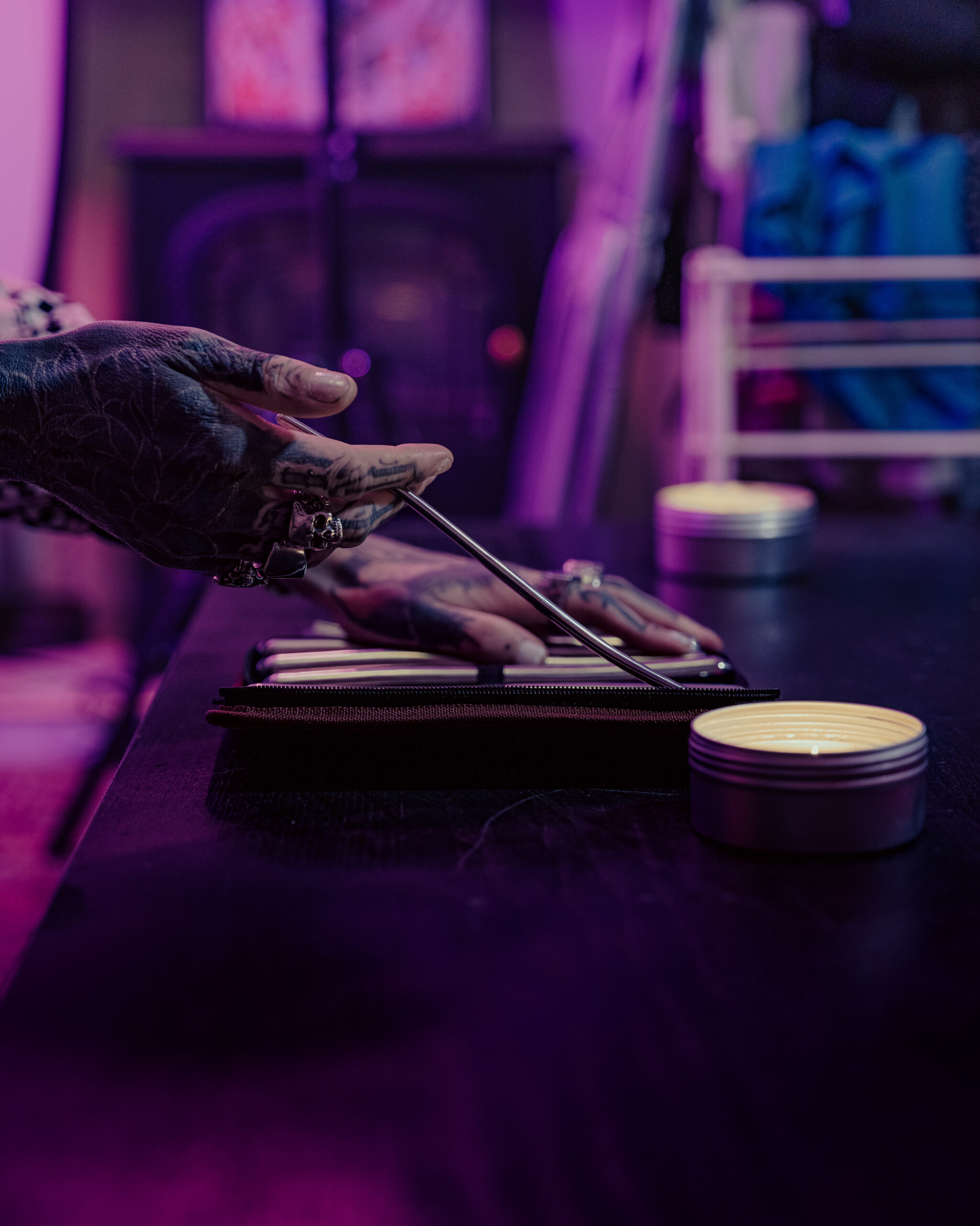Demigender Relationships And What It Means To Love Beyond Gender Expectations

Understanding Demigender Identities
Demigender identities exist on a spectrum, encompassing individuals who partially identify with one gender and another, or neither. Exploring demigender relationships delves into the complexities of love that transcend conventional gender norms. This exploration examines how demigender individuals navigate intimacy, define their desires, and challenge societal expectations surrounding romantic partnerships.
Defining Demigender

Demigender identities reside on a spectrum, with individuals experiencing partial identification with one or more genders, or a lack of identification with any gender at all. Demigender people may identify as partially male, female, non-binary, or a combination thereof, recognizing that their gender expression and experience don’t neatly fit into binary categories.
Understanding demigender relationships requires acknowledging the fluidity and complexity of gender identity within these partnerships.
Experiences of Demigender Individuals
Demigender individuals may express their gender in diverse ways, fluctuating between different identities or existing somewhere in-between traditional labels. This fluidity can manifest in varying ways within relationships, impacting how they define themselves, communicate their needs, and experience intimacy with partners.
For some demigender individuals, romantic attraction might align with a specific gender, while for others it transcends conventional gender boundaries. Navigating these complexities often involves open communication with partners about individual experiences, desires, and comfort levels.
Demigender relationships challenge societal expectations surrounding gender roles and expressions within partnerships. By embracing fluidity and individuality, demigender individuals create space for love and connection that transcends rigid definitions of masculinity and femininity.
Navigating Love and Relationships as a Demigender Person
Love exists beyond the confines of traditional gender norms, especially when experienced through the lens of demigender identities. Demigender individuals, whose gender identities reside on a spectrum rather than within strict binary categories, navigate relationships with a unique understanding of self and connection.
Unconventional Gender Expressions in Dating

Demigender individuals may express their gender in diverse ways, fluctuating between different identities or existing somewhere in-between traditional labels. This fluidity can manifest in varying ways within relationships, impacting how they define themselves, communicate their needs, and experience intimacy with partners.
- Some demigender individuals may find their romantic attraction aligns with a specific gender, while others experience attraction that transcends conventional gender boundaries.
- Navigating these complexities often involves open communication with partners about individual experiences, desires, and comfort levels.
- Understanding a partner’s demigender identity means embracing fluidity and respecting how they express their gender at any given time.
Communicating Needs and Boundaries
Love exists beyond the confines of traditional gender norms, especially when experienced through the lens of demigender identities. Demigender individuals, whose gender identities reside on a spectrum rather than within strict binary categories, navigate relationships with a unique understanding of self and connection.
Demigender individuals may express their gender in diverse ways, fluctuating between different identities or existing somewhere in-between traditional labels. This fluidity can manifest in varying ways within relationships, impacting how they define themselves, communicate their needs, and experience intimacy with partners.
- Some demigender individuals may find their romantic attraction aligns with a specific gender, while others experience attraction that transcends conventional gender boundaries.
- Navigating these complexities often involves open communication with partners about individual experiences, desires, and comfort levels.
- Understanding a partner’s demigender identity means embracing fluidity and respecting how they express their gender at any given time.
Finding Compatibility Beyond Traditional Gender Roles
Love exists beyond the confines of traditional gender norms, especially when experienced through the lens of demigender identities. Demigender individuals, whose gender identities reside on a spectrum rather than within strict binary categories, navigate relationships with a unique understanding of self and connection.
Demigender individuals may express their gender in diverse ways, fluctuating between different identities or existing somewhere in-between traditional labels. This fluidity can manifest in varying ways within relationships, impacting how they define themselves, communicate their needs, and experience intimacy with partners.
- Some demigender individuals may find their romantic attraction aligns with a specific gender, while others experience attraction that transcends conventional gender boundaries.
- Navigating these complexities often involves open communication with partners about individual experiences, desires, and comfort levels.
- Understanding a partner’s demigender identity means embracing fluidity and respecting how they express their gender at any given time.
Challenging Societal Expectations
Demigender individuals challenge societal expectations of love and relationships by embracing fluid identities and rejecting rigid gender norms. UK erotic jewellery Their experiences highlight the vast spectrum of human connection, proving that intimacy can flourish beyond traditional definitions.
Overcoming Stigma and Misconceptions
Love knows no bounds when it comes to demigender individuals. Demigender identities exist on a spectrum, encompassing those who partially identify with one or more genders, or none at all. This fluidity challenges societal norms surrounding gender and romantic partnerships, creating unique and fulfilling connections.
For some demigender individuals, attraction might align with a specific gender, while others experience attraction that transcends conventional boundaries. This complexity requires open communication within relationships, allowing partners to understand each other’s experiences and desires.
Understanding a demigender partner means embracing fluidity and respecting their ever-evolving expression of gender. It involves acknowledging that gender is not fixed but rather a spectrum with infinite possibilities.
Demigender relationships demonstrate the beauty of love beyond traditional definitions, proving that connection can flourish when individuals embrace authenticity and celebrate individuality. By challenging societal expectations, demigender couples pave the way for a more inclusive and understanding world.
Advocating for Visibility and Inclusion
Demigender relationships challenge societal expectations by embracing fluidity and rejecting rigid gender norms in romantic partnerships. Demigender individuals, who partially identify with one or more genders, navigate love and intimacy on their own terms, defying conventional definitions of attraction and connection.
These relationships advocate for visibility and inclusion by highlighting the diverse ways individuals experience and express their gender identities. By sharing their experiences openly, demigender couples create space for understanding and acceptance within society.
Demigender individuals often face societal pressure to conform to binary gender expectations in relationships. They may encounter assumptions about their sexual orientation or be questioned about the nature of their attraction. Challenging these norms requires courage and resilience, as it necessitates dismantling deeply ingrained societal beliefs.
Advocating for visibility means sharing their stories, breaking down stereotypes, and creating a space where demigender individuals feel seen and validated in their relationships.
Inclusion involves recognizing how to use a sybian and respecting the unique needs and experiences of demigender couples within society. This includes ensuring access to equal opportunities, resources, and support systems that cater to their diverse identities.
Demigender relationships contribute to a more inclusive and understanding world by demonstrating that love exists beyond rigid gender boundaries. They inspire others to embrace fluidity and celebrate the beauty of diversity in human connection.
Creating Inclusive Spaces for Demigender Individuals
Demigender identities reside on a spectrum, with individuals experiencing partial identification with one or more genders, or a lack of identification with any gender at all. Demigender people may identify as partially male, female, non-binary, or a combination thereof, recognizing that their gender expression and experience don’t neatly fit into binary categories.
Understanding demigender relationships requires acknowledging the fluidity and complexity of gender identity within these partnerships.
Demigender individuals may express their gender in diverse ways, fluctuating between different identities or existing somewhere in-between traditional labels. This fluidity can manifest in varying ways within relationships, impacting how they define themselves, communicate their needs, and experience intimacy with partners.
For some demigender individuals, romantic attraction might align with a specific gender, while for others it transcends conventional gender boundaries. Navigating these complexities often involves open communication with partners about individual experiences, desires, and comfort levels.
Demigender relationships challenge societal expectations surrounding gender roles and expressions within partnerships. By embracing fluidity and individuality, demigender individuals create space for love and connection that transcends rigid definitions of masculinity and femininity.
Love exists beyond the confines of traditional gender norms, especially when experienced through the lens of demigender identities. Demigender individuals, whose gender identities reside on a spectrum rather than within strict binary categories, navigate relationships with a unique understanding of self and connection.
Demigender individuals may express their gender in diverse ways, fluctuating between different identities or existing somewhere in-between traditional labels. This fluidity can manifest in varying ways within relationships, impacting how they define themselves, communicate their needs, and experience intimacy with partners.

- Some demigender individuals may find their romantic attraction aligns with a specific gender, while others experience attraction that transcends conventional gender boundaries.
- Navigating these complexities often involves open communication with partners about individual experiences, desires, and comfort levels. p-spot toys
- Understanding a partner’s demigender identity means embracing fluidity and respecting how they express their gender at any given time.
Demigender individuals challenge societal expectations of love and relationships by embracing fluid identities and rejecting rigid gender norms. Their experiences highlight the vast spectrum of human connection, proving that intimacy can flourish beyond traditional definitions.
Demigender relationships demonstrate the beauty of love beyond traditional definitions, proving that connection can flourish when individuals embrace authenticity and celebrate individuality. By challenging societal expectations, demigender couples pave the way for a more inclusive and understanding world.
Check out the complete blog
See what’s said in the full article



















